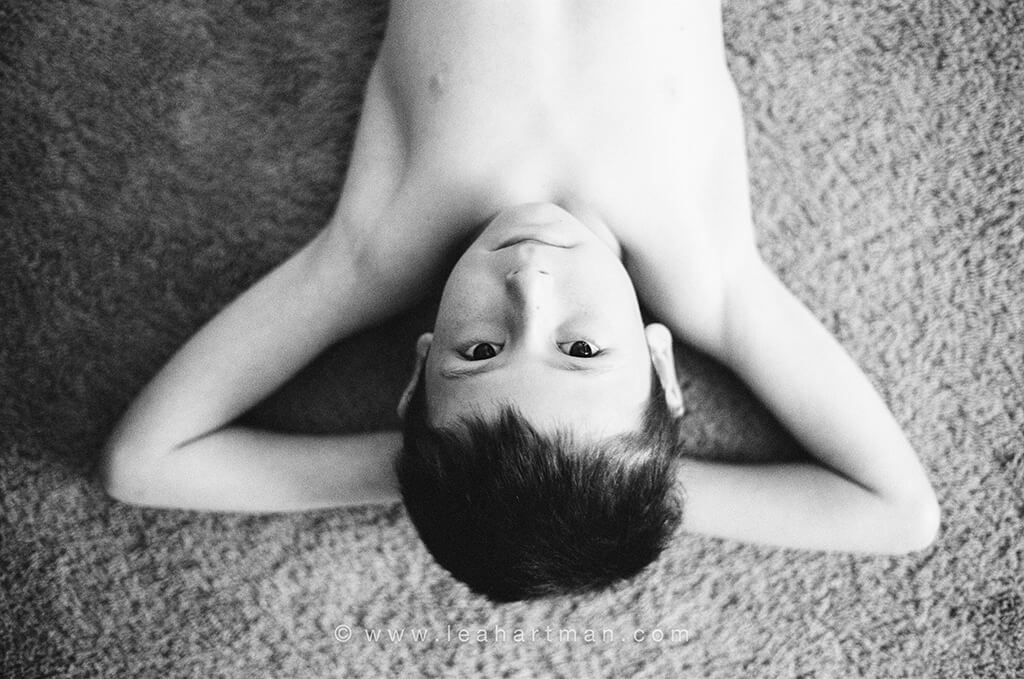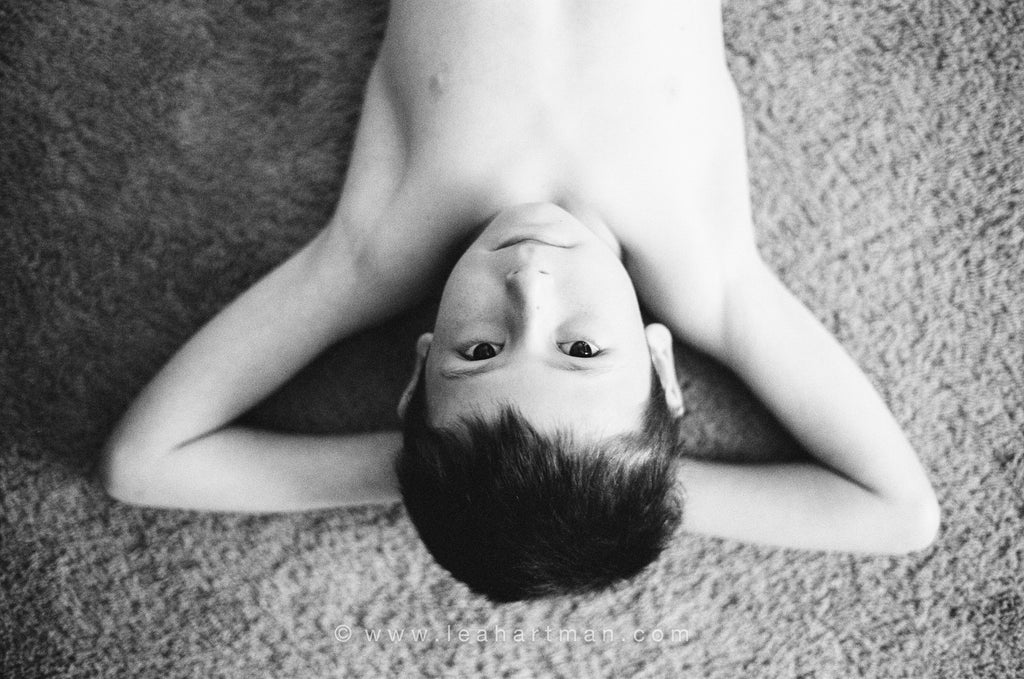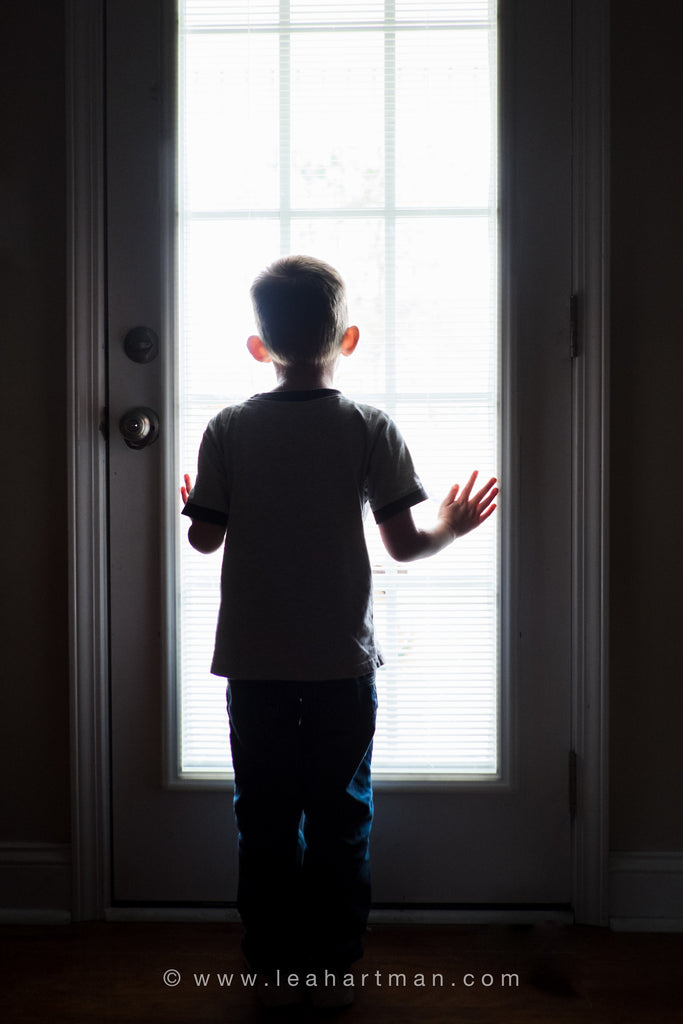- Lightroom Presets
- Mobile Presets
-
Photoshop
-
Learn
-
Support
-
Install
- Best Sellers
- Blog
By Pretty Presets on | No Comments

As I was scrolling through the Pretty Presets Facebook group, I came across an image shared from an artist halfway across the world that stopped me in my tracks. I was truly intrigued by so many aspects of the photo that I couldn’t look away. The composition, the colors, the window reflection, the facial expressions… I just sat there memorized, dissecting various visual elements and when I finally clicked away, I was challenged.
I was challenged to create something that interesting, that unique, that worthy to look at. I knew that I needed to do more with my camera than just point it at my subjects and capture the “traditional” images they expected. And what’s more, after looking at that picture, I LONGED to do more. I knew I could do better and I was inspired to do just that.
See, that’s the amazingly wonderful thing about being a part of a community of artists. Sure, we can all fall into the rut of comparison but it’s so much more productive to channel that into being challenged. It’s how we push the boundaries of our art, how we learn, how we grow. It’s what keeps photography new and interesting.
I’ve compiled a short list of three ways you can challenge yourself in photography.


Scary, right? Now and days, it’s a pretty safe bet that the majority of people who began pursuing photography within the past decade did so with digital equipment. I love technology and don’t plan to trade in my digital gear and the convenience it provides any time soon, but there is a lot to be gained from slowing down and being more intentional. That’s exactly what film teaches you to do! You can’t look at your LCD display to make sure your subject was in focus. You can’t check the histogram to ensure a good exposure. And knowing that each time you click the shutter costs something (the price of film, developing fees, etc) definitely makes you think through each shot. Shooting film affords the opportunity to hone your skill and trust your gut. Those lessons are invaluable.

Now, I don’t mean converting all you color images to black and white during post processing. I mean setting your camera to shoot in black and white only. Most cameras now and days will do this with just a few menu clicks. You approach things very differently when color is removed from the picture. Instead of looking for bright things that pop, you may find yourself looking for more shadows and contrast and shapes. It changes your perspective and approach and any time you challenge what you know, you create a potential learning experience. Ted Grant said, “When you photograph people in color, you photograph their clothes. But when you photograph them in black and white, you photograph their soul.”
It’s not only important as artists to continue to learn and grow, it’s imperative. So, here’s your challenge - do one of them or do all of them! It’s completely up to you.




Comments